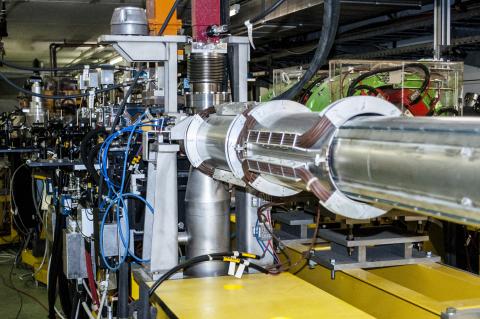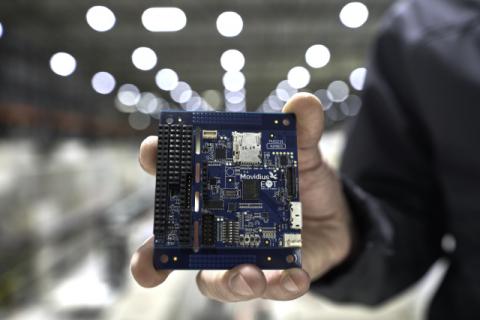
In March 2018, experts from ESA and IROC Technologies came to perform tests in VESPER.

In November 2018, an ESA-led team came to CERN to test many space components with one of the most energetic radiation beams available on earth: the lead-ion beam delivered by CERN’s Super Proton Synchrotron (SPS) accelerator.

In October 2018, the SPS North Area (H2 line) supported several scientific beam tests, led by the University of Geneva.

The following CERN irradiation facilities will be part of CERN-ESA protocol on radiation testing: IRRAD, CERF, n_TOF, and CALLAB.
ADVACAM – a company using CERN Medipix technology - developed a new range of X-ray imaging cameras optimised for composite material testing.

A2O Innovation Solutions is a start-up providing technologies for weight reduction, operational efficiency and CO2 emission reduction mainly targeted at the transport sector.

The CYCLADS project aims to design an innovative High Power Cyclotron as part of Accelerator Driven Systems (ADS), for novel nuclear waste management applications.

Developing standards for activated material characterisation would not only improve the safe handling of these materials, but also help unclutter storage facilities by removing materials that can be recycled.

In 2018, the start-up SAFETYN SaS joined InnoGEX, the French BIC of CERN technologies.

How can you tell the difference between a masterpiece and a masterful forgery? A project between CERN and INFN is expected to open up new possibilities to answer this question.
